It seems a bit silly and I guess I know the answer but I don't know why it gave me some confusion, in a half-bridge configuration like the one in the image:
If between DC-Bus+ and DC-Bus- there is a voltage of 400VDC (for example), the voltage that exists between each drain and source of the MOSFETs when they are OFF, is it half of DC-Bus+? that is, Vds(1) = Vds(2) = V(DC-Bus+) / 2 if the two mosfets are of the same model?
